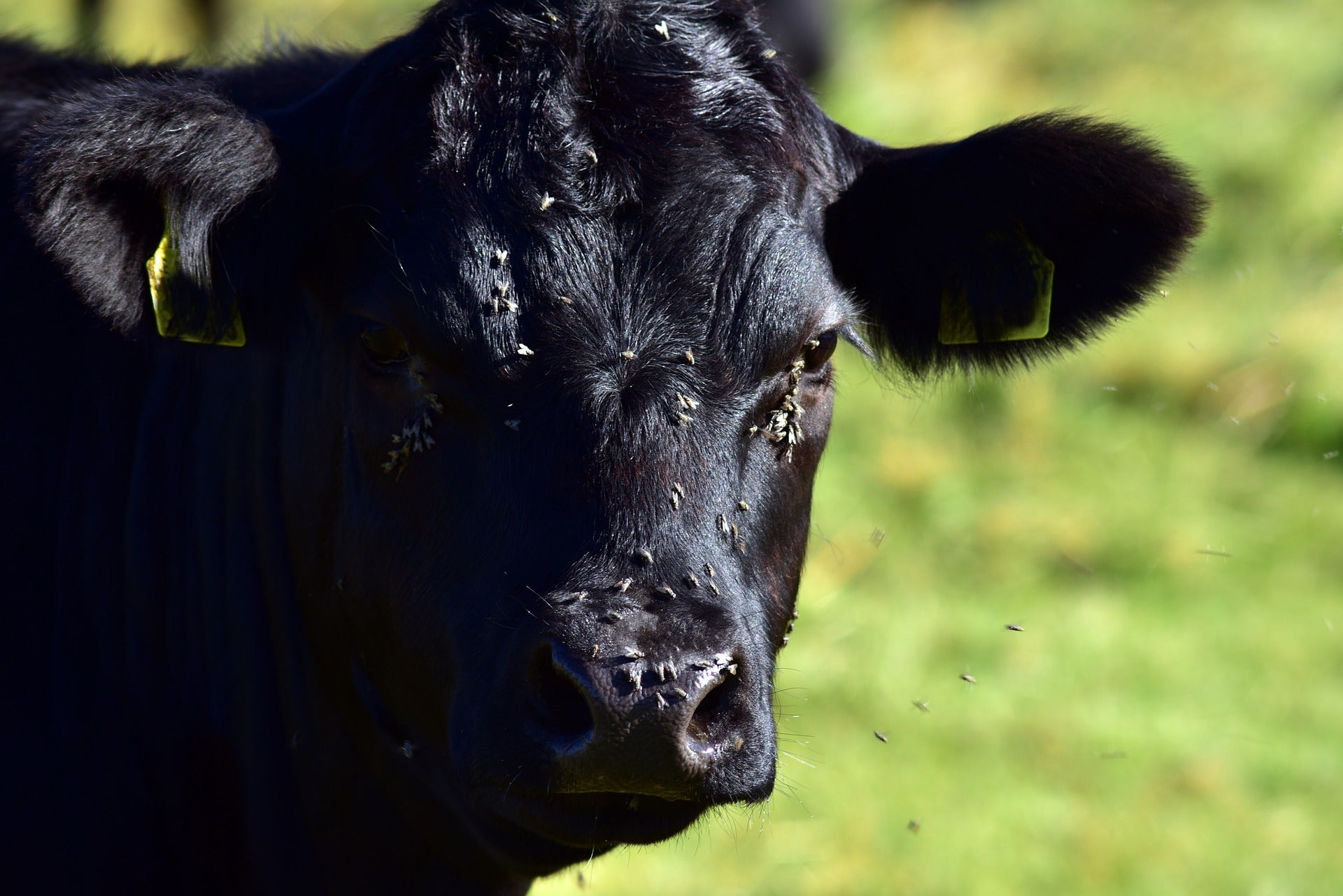Pinkeye—also known as Infectious Bovine Keratoconjunctivitis (IBK)—is a common and costly concern for cattle producers, especially in the spring and summer months. Though more prevalent in warmer weather, IBK can persist year-round in affected herds and is a major contributor to weight loss, reduced feed intake, and lower overall performance.
What Causes Pinkeye in Cattle?
IBK is typically caused by the highly contagious bacterium Moraxella bovis. Cattle infected with other pathogens—including Chlamydia, bovine adenovirus, Mycoplasma spp., bovine herpesvirus I, or Acholeplasma—are at an even greater risk of developing pinkeye.
It’s also worth noting that a single animal may carry multiple strains of Moraxella, making the disease more likely to spread. And while IBK is sometimes confused with conjunctivitis related to IBR (Infectious Bovine Rhinotracheitis), these are distinct conditions requiring different treatments.
How Does IBK Spread?
The main culprit in pinkeye transmission? Flies.
Flies irritate the eyes, causing small abrasions that allow bacteria to enter. They’re also drawn to the discharge from infected animals—and as they move between animals, they spread bacteria quickly throughout the herd.
Other contributors to IBK include:
- Wind and blowing dust
- Feed chaff and debris
- Bright sunlight
- Tall grass or brush that scratches the eye
- Overcrowded or unsanitary conditions
How to Treat Pinkeye in Cattle
The most effective treatment for IBK is a long-acting antibiotic, such as tetracycline (e.g. Draxxin®). If symptoms don’t improve, your veterinarian may recommend a culture and sensitivity test to determine the exact bacterial strain and ideal antibiotic.
Supportive care includes:
- Saline rinses to clear discharge and reduce irritation
- Antibiotic eye ointments
- Protective eye patches to block UV rays and prevent further damage
Infected cattle also need proper hydration and nutritional support to maintain immune function and speed recovery. Cattle often reduce feed and water intake when they’re in pain or experiencing fever, which can quickly lead to rumen acid buildup. Adding a rumen support product like CattlActive® can help maintain pH balance and encourage intake during recovery.
Preventing Pinkeye in the Herd
The best way to manage pinkeye is to stop it before it starts. Implementing strong herd management practices goes a long way in reducing your risk.
Top prevention strategies:
- 🪰 Develop and maintain a fly control program
- 🌳 Provide shade to reduce UV-related eye irritation
- ✂️ Mow pastures to keep grasses from irritating eyes
- 💉 Vaccinate against IBR and other contributing diseases
- 🧹 Minimize dust and feed chaff in bunks and feeding areas
- 🧘♂️ Use low-stress handling techniques
- 🐄 Feed a rumen-supporting additive like CattlActive® to reduce acidosis risk and support immunity
- 🪣Use a feed-through product, such as the CattlActive® 20% All-Natural with Garlic tub, to help keep flies away
Final Thought
Pinkeye doesn’t have to be a recurring problem. With good nutrition, effective fly control, and an environment designed to protect sensitive tissues, you can keep your herd healthier and more productive year-round.
For more tips on cattle health and rumen support, visit .





